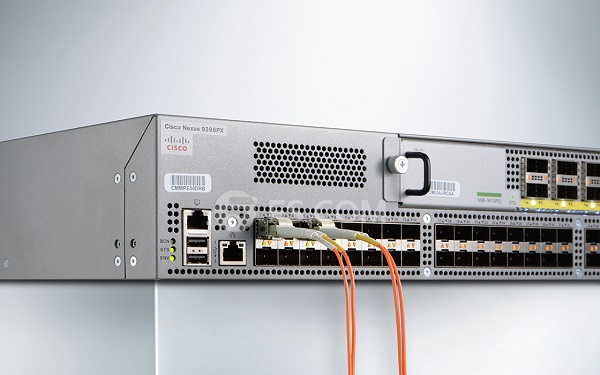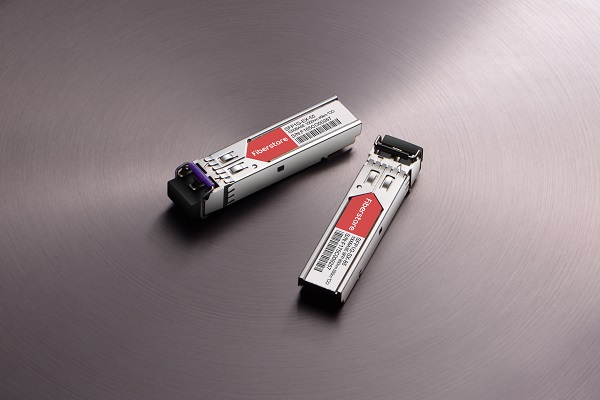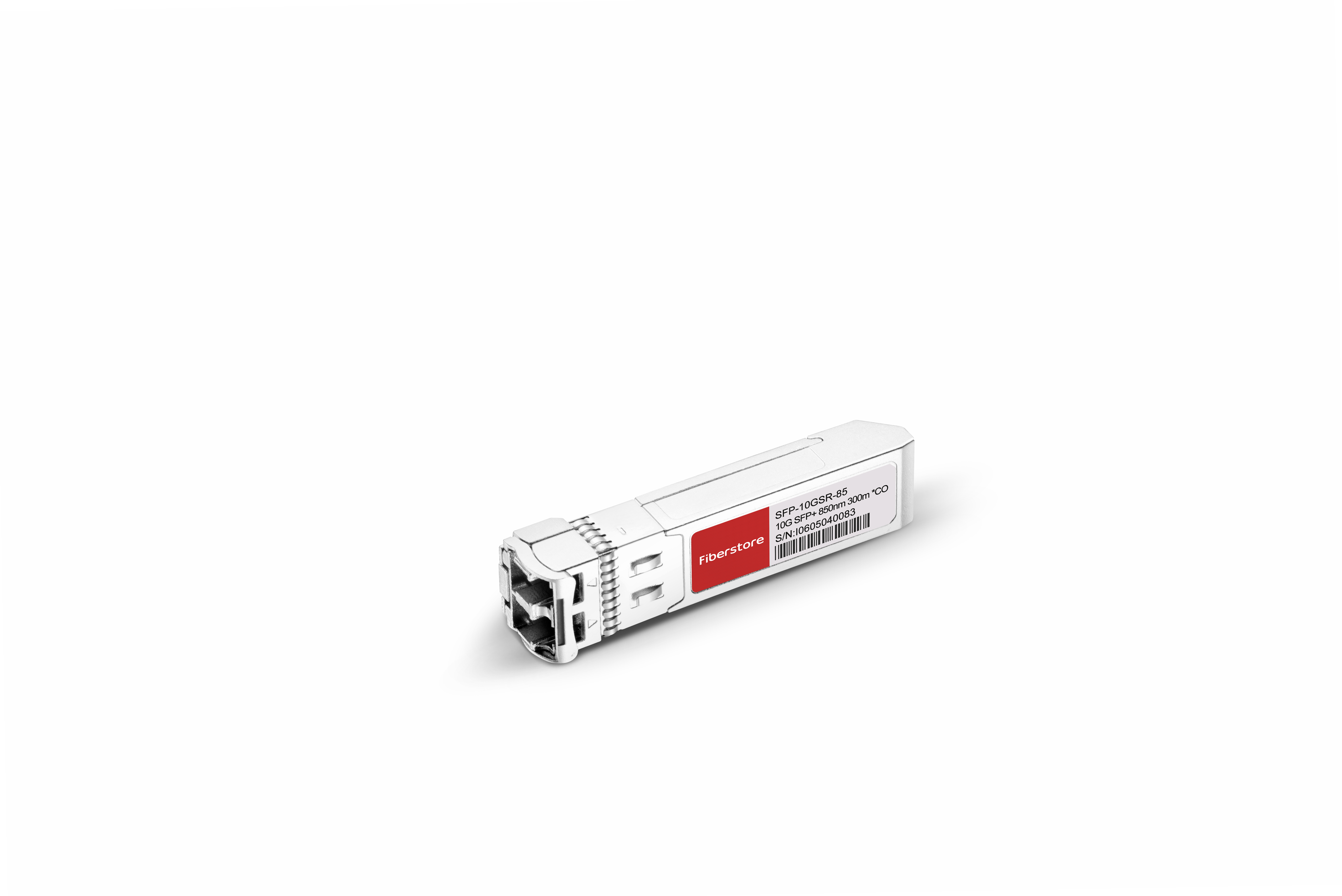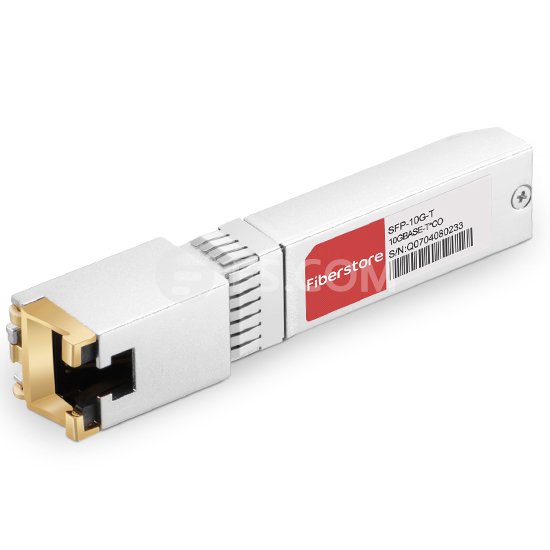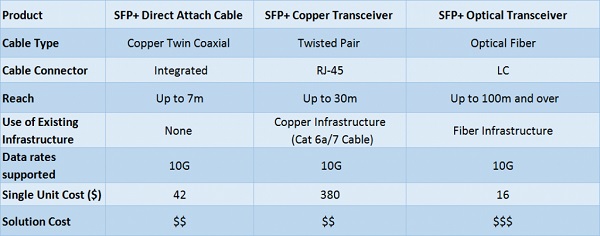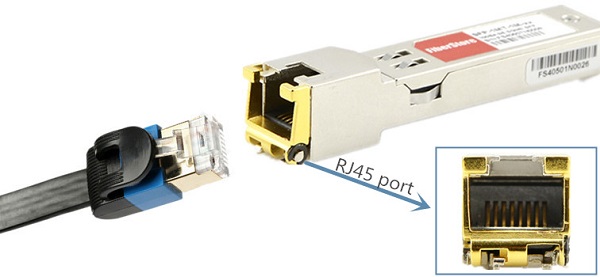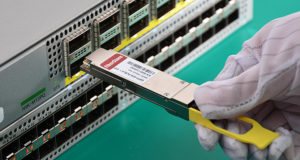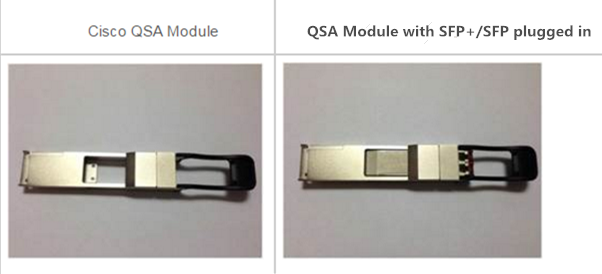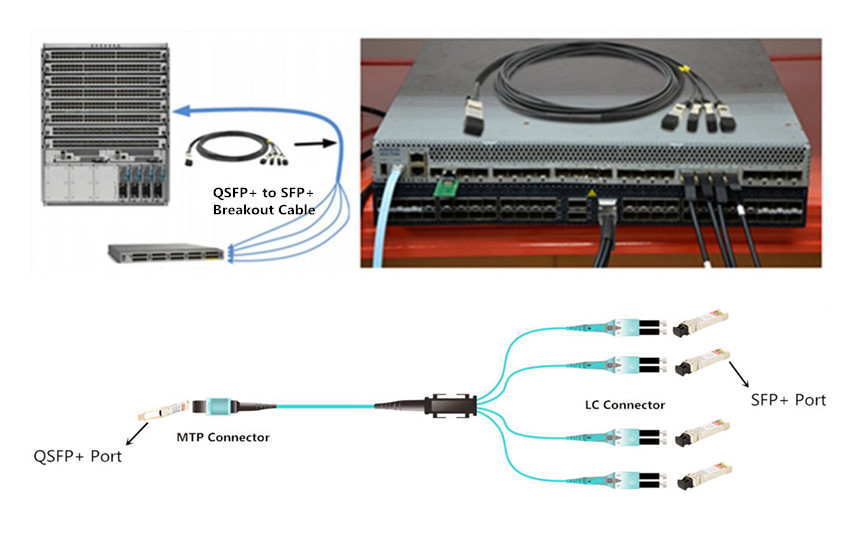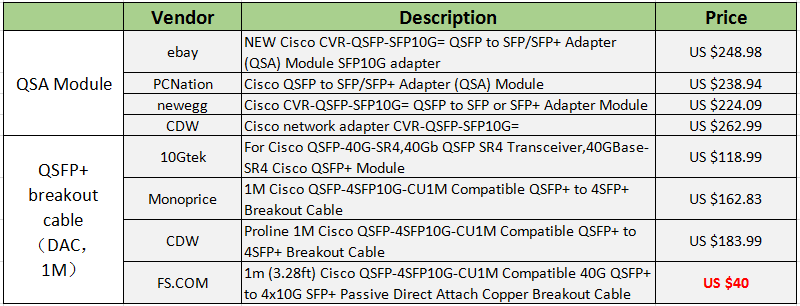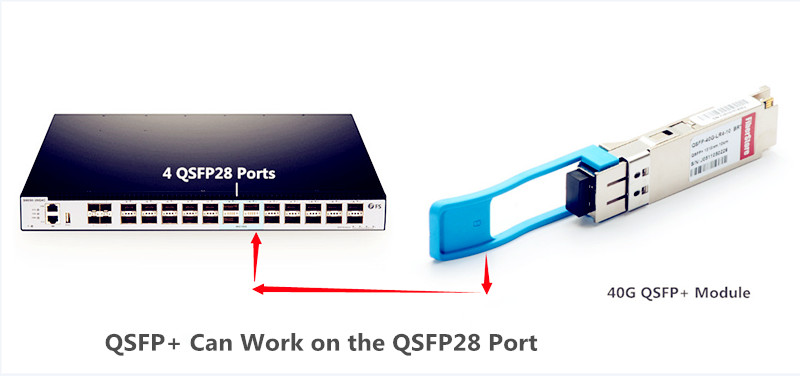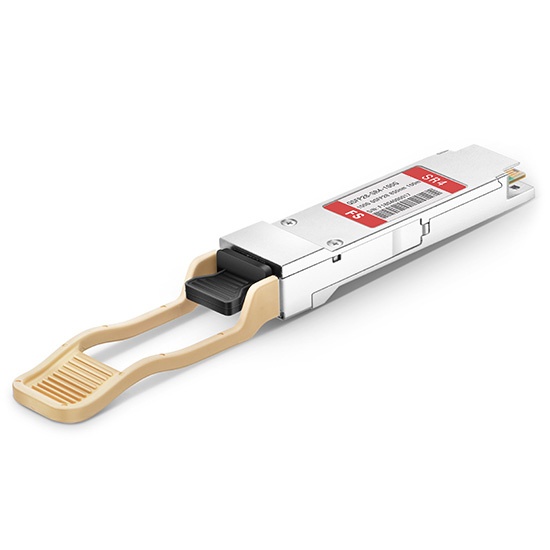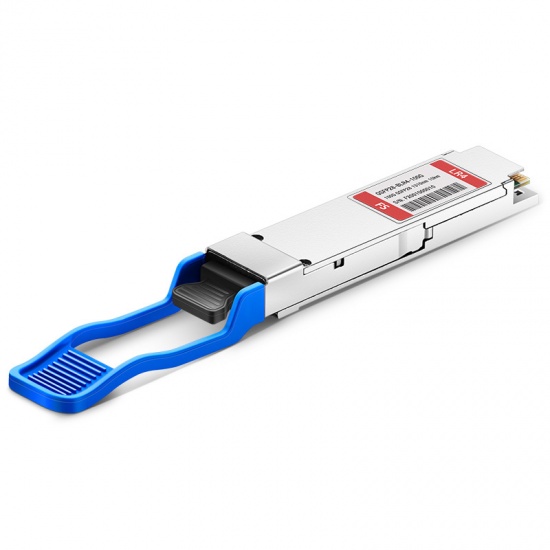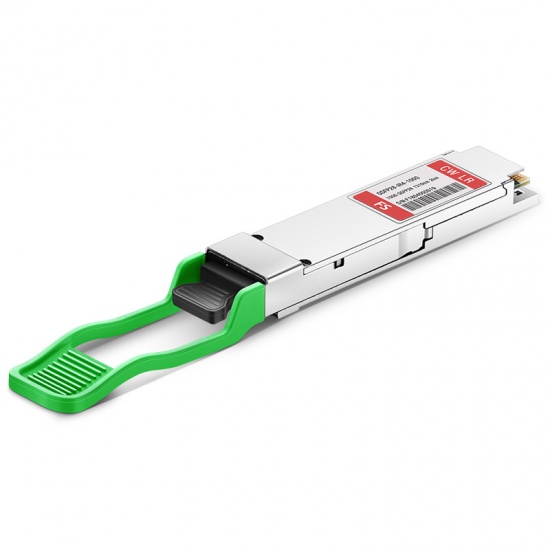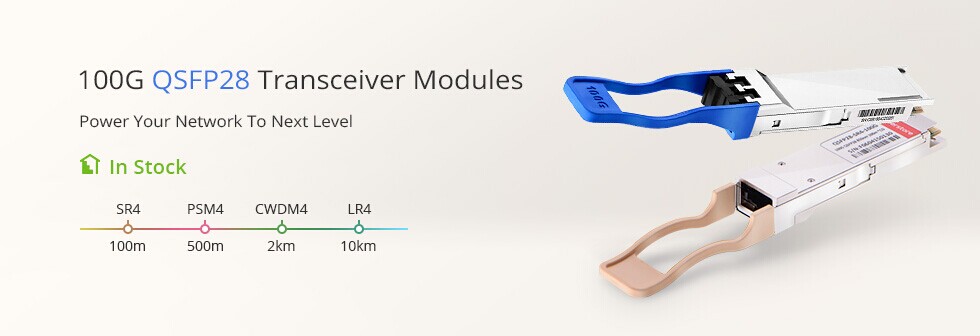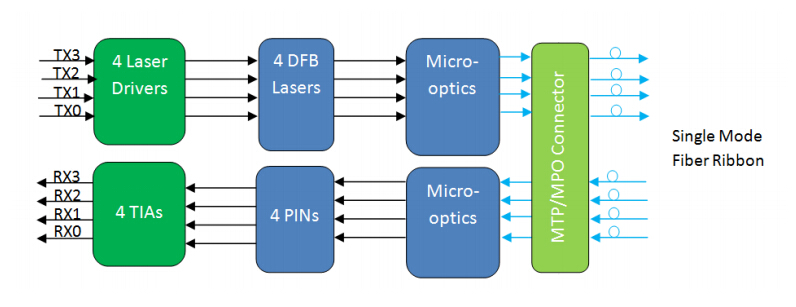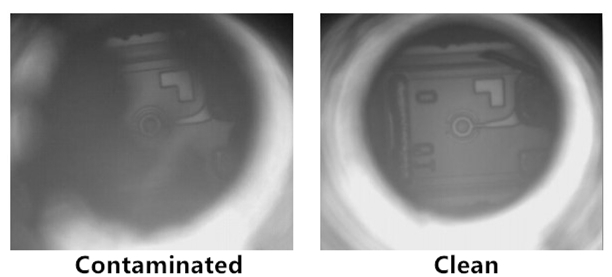An optical module is a single, packaged form factor that works as a transmitter and receiver. An optical transceiver is used in an optical network to convert electrical signals to optical signals and vice versa. Optical modules are widely deployed in optical networking for broadband. While optical transceiver market is driven by the use of broadband in every field. Global adoption of the Internet is driving rapid growth of the data center and the need for very high speed network transmission. Optical transceiver modules are given full play to upgrade telecommunications networks and launch very large data centers. What’s the future of optical transceiver market? Will it still thrive? You may get a clue in this article.
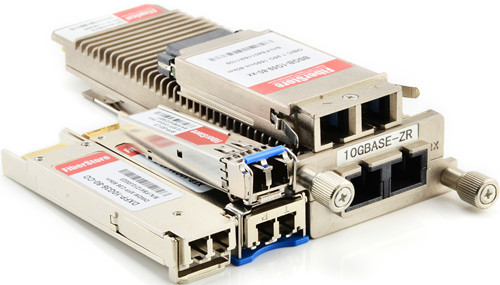
Next year is going to be huge for 100GbE
According to IHS Infonetics (NYSE: IHS), the long-awaited ramping up of 100 Gigabit Ethernet (100GbE) optical modules in data center applications may finally be forthcoming. Sales of 40G and 10G optical modules still remain the mainstream in the interim, uncovered by the market research firm in its biannual “10G/40G/100G Data Center Optics” report. As the figure shown below, higher bandwidth and server virtualization calls for higher data rate. The market for 100G data center optics is accelerating, but it has yet to be challenged by widespread data center deployment in the way 40G QSFP optics have. This will change dramatically in the next few year as cheap 100G silicon reaches production and QSFP28 shipments surge as a result,” Schmitt said. “Next year is going to be huge for 100GbE.”
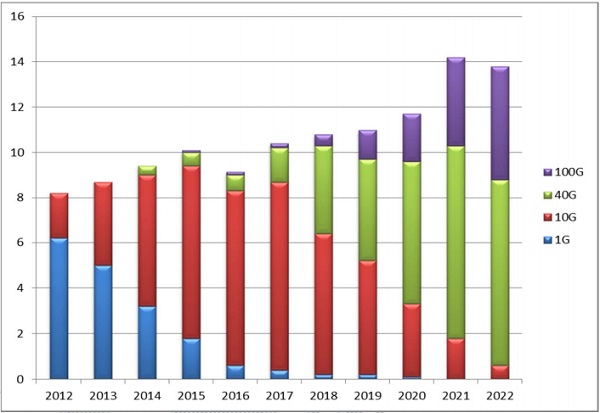
Server Virtualization Drives Higher Data Rates. Source: Dell’Oro. 07/ 2012
The global optical transceiver market increased from from $3.2 billion in 2013 up to $4.6 billion in 2015, and this dramatic increase is anticipated to grow to $41.1 billion by 2022 driven by the availability and cost effectiveness of 100G, and 400G optical modules. Next generation optical transceiver devices use less power, are less expensive, and are smarter and smaller. The adoption of widespread use of the 100 Gbps devices, followed by 400 Gbps devices and the vast increases in Internet traffic are vital to helping manage change in the communications infrastructure markets.
Global Analysis for Optical Transceiver Market
Geographically, North America is seen as the most active optical transceiver market due to rising demand for communication network. In addition, the rising deployment of 100G optical modules for high speed networks is another factor contributing to high demand for optical transceivers. Europe seconds North America in terms of demand for optical module. Moreover, the combined use of 40G and 100G optical module in Europe and North America is expected to show steady growth in demand for optical modules in near future. In Asia-Pacific, China is expected to be the fastest growing market for fiber optic transceivers owing to its increasing demand for deployment of 100G equipment.
In North America, JDS Uniphase Corporation, Oclaro Inc., Finisar Corporation, Cisco Systems, Alcatel-Lucent and others are the main manufacturers of optical modules. In Asia-Pacific, Avago Technologies, Wuhan Telecommunications Devices Co. Ltd and FS.COM are some of the leading manufacturers of optical module.
Last But Not Least
Optical modules are deployed to update the communication networks and data center networks for efficient traffic management with higher speeds. Optical networks are the backbone for mobile communication network. With growing demand for reliable and high speed mobile communication, optical transceivers are increasingly being used for the communication network infrastructure and be bound to thrive in optical network. There are numerous optical modules available in the market differing in the type of data transmission speed, connections and packing forms. Some of the types available in the optical transceiver market include SFP module, SFP+, X2, XFP, Xenpak, GBIC and others. Furthermore, as per the type of connection, there are single mode (SM), multi-mode (MM) and Wavelength Division Multiplexing (WDM) modules. If you need any of the above type, feel free to contact via sales@fs.com.

